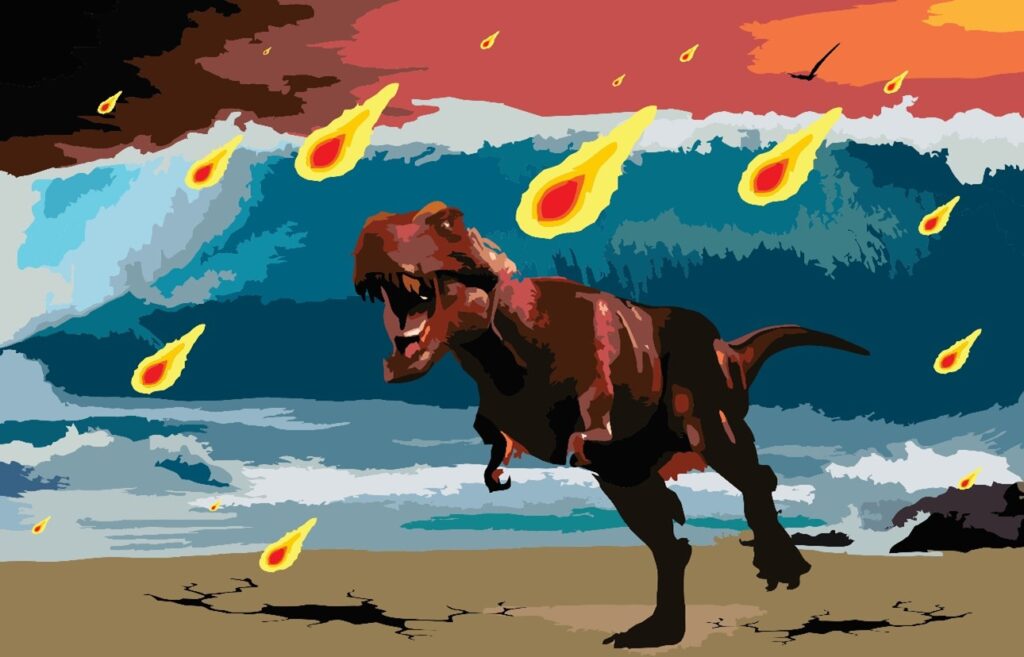
While dead men may tell no tales, dead dinosaurs have inspired countless dissertations, some of them even telling the story of how a large asteroid hit our world, sending shock waves radiating out; and sending dirt, plants, and very dead dinosaurs shooting up.
That there was at least one massive impact – the impact that formed the Chicxulub crater – is scientifically well accepted. Where we struggle is in understanding just how much additional chaos took place during this dinosaur-eradicating event. Research in North America has found evidence of tsunamis racing across the landscape, but that evidence is based on just one fossil site. We have to wonder just what else is out there waiting to be found.
For me, this “what else is there” question is just something to think about now and then. For researcher Hermann Bermúdez, this question has been transformed into a career, as he searches out geologic evidence about what happened when the asteroid struck.
This work all started in 2014 when he was doing fieldwork on the coast of Colombia’s Gorgonilla Island. In looking at our world’s history in the sedimentary rocks, he noticed layers of material filled with small glass beads and a distinct kind of rock shard – tektites – that are ejected during an asteroid impact. These materials were found at the same layer of history as the KT-boundary that marks the end of the dinosaurs.
In general, finding evidence of an asteroid impact when we know there was an asteroid impact seems… unsurprising. The thing is, these particular layers were at the bottom of the ocean when that impact took place.
According to the Geological Society of America’s press release on this research: The rocks exposed on the coast of Gorgonilla Island tell a story from the bottom of the ocean—roughly 2 km down. There, about 3,000 km southwest of the site of the impact, sand, mud, and small ocean creatures were accumulating on the ocean floor when the asteroid hit. Layers of mud and sandstone as far as 10–15 meters below the sea floor experienced soft-sediment deformation that is preserved in the outcrops today.
This data, in combination with observations Bermúdez has made at numerous other sites, paints a picture of a mega earthquake that may have shaken the Earth for weeks or even months.
This work is complementary to a new study led by Molly Range that is coming out in AGU Advances. Her work shows that the tsunami created by the impact should have circled the globe within 48 hours, and the initial wave would have stood more than 100 meters tall as it rolled across what is now the Gulf of Mexico.
Put simply, that asteroid caused a really bad couple of days that ruined the atmosphere for… well, how long is still up for debate.
More Information
GSA press release
University of Michigan press release
“The Chicxulub Impact Produced a Powerful Global Tsunami,” Molly M. Range et al., 2022 October 4, AGU Advances




 Join the Crew!
Join the Crew!
 Escape Velocity Space News
Escape Velocity Space News
Why has the impact that occurred precisely at the Mid-Pleistocene Transition (~788ka) not been seriously considered as the trigger for the climate change to 100 ka cycles and all the other things that happened at that time? That impact created billions of times more distal tektite mass than any other terrestrial impact, so it must have been big.